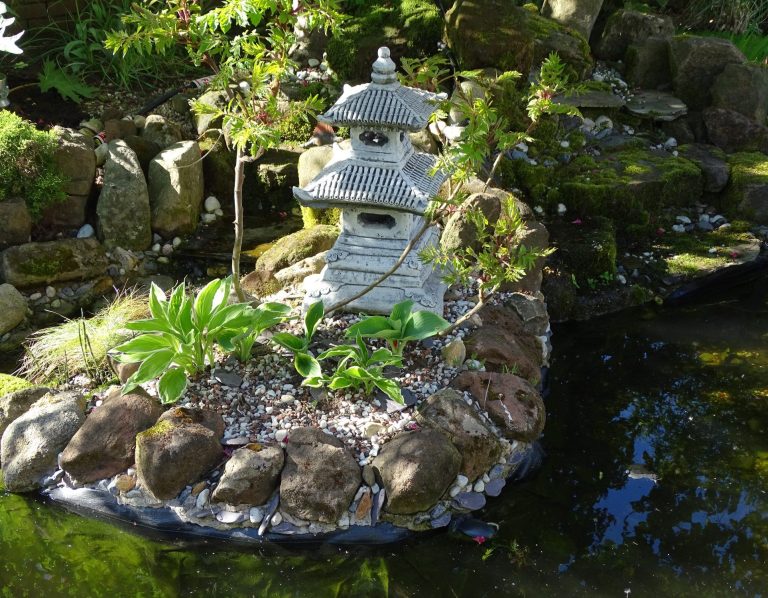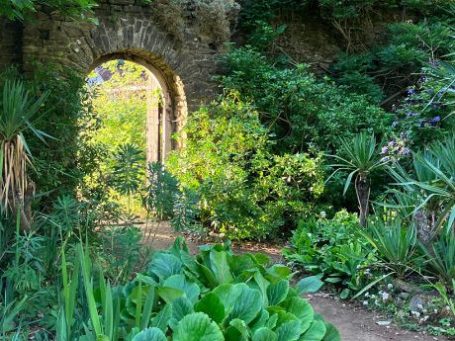The Principals of Garden Design
Good garden design is usually the result of using the basic design principals in conjunction with the site layout and the clients requirements. Before you consider redesigning your outdoor space, there are principals in Garden Design that are worth considering before you instruct a Landscaper. These principals are the foundation of designing a space that is both functional and aesthetically pleasing.
The main principals are Unity, Balance, Rhythm, Scale and Proportion.
Unity is achieved by using similar shapes throughout the garden (straight lines, curvy lines, triangular, square or round shapes). Repeating the same patterns, colours, shapes and textures and using colours and shapes which work well together.
Balance relates to either symmetry or asymmetry. Symmetrical design is where features and plants are mirrored on both sides of a dividing line. Asymmetrical balance is where elements may be different on different sides of the garden but the overall weight of both sides is equal.
Rhythm is repeating the same features throughout the garden and reduces confusion within the design, creating a sense of pace, unity and flow. This may be achieved by repeating similar landscaping materials or plants throughout the space, repeating shapes and colours.
Scale and Proportion are important as they refer to the size of an object in relation to its surrounding environment. The size of the house is usually a good place to start, but increasingly, large houses are being built with very small outdoor spaces, or a small house may be dwarfed by a large garden. A garden designer will know how to divide up the space to incorporate the required elements without making the garden seem cluttered or alternatively leaving the clients feeling over exposed. Generally the proportions of one third hard landscaping and two thirds soft landscaping for a large garden, or two thirds hard landscaping to one third soft landscaping for a small garden are comfortable ratios to work with.
Other elements to consider are colour (using the colour wheel to determine which colours go together, light (how much light does the garden get throughout the day), and aspect (is the garden north or south facing?) Are there buildings or other features outside of the garden that you want to hide? Ignoring these elements can make the different between a great garden design or a poorly executed one.






©Copyright. All rights reserved.
We need your consent to load the translations
We use a third-party service to translate the website content that may collect data about your activity. Please review the details and accept the service to view the translations.